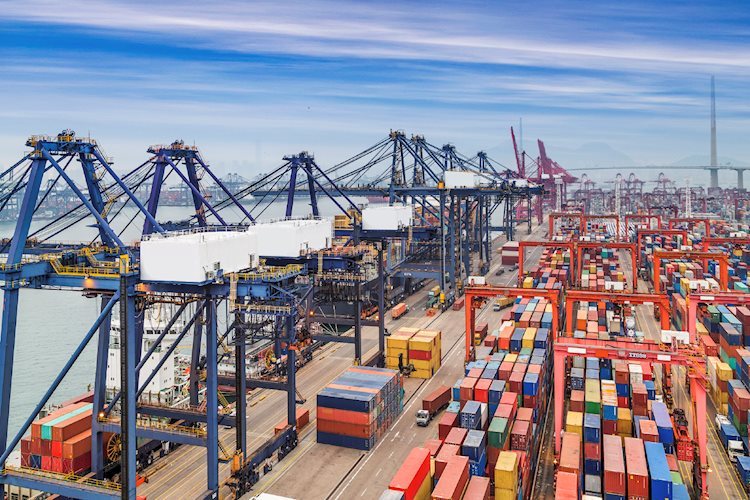On the radar
-
Trade deficit widened slightly in Romania in May to EUR -2.97 billion.
-
Industrial output in Slovakia contracted marginally by -0.1% y/y in May.
-
The inflation rate in Czechia dropped to 2.0% y/y in June that is well below market expectations and down from 2.6% y/y in May.
-
At 10.30 AM CET Slovenia will publish industrial output growth in May.
-
In the afternoon, Hungarian central bank will release minutes from the meeting.
Economic developments
The recent publication by ACEA brings insights into the EV charging infrastructure within the EU, a critical component for the widespread adoption of EVs. Austria leads the region with an impressive count of over 18,000 public charging stations, followed by Poland with 6,100 stations. Other countries in the region host less than 5,000 chargers each. AC chargers, which are ideal for slow charging at residences or parking facilities, are the predominant type, with Austria reporting the largest proportion at 81%. Conversely, DC chargers, designed for fast charging typically found along motorways, are most prevalent in Croatia. Despite this, Croatia’s limited number of stations poses a significant challenge for tourists traveling by EVs. Regarding the ratio of EVs to fast-charging stations, Hungary exhibits the least favorable coverage, with 50 vehicles per station. On the other hand, Slovakia, Croatia, and Czechia have some of the lowest ratios of EVs per fast charger. However, it is not indicating a robust infrastructure but rather reflects the minimal presence of EVs on their roads, which is among the lowest in Europe.
Market movements
On the FX market the situation has not changed. EUR/CZK and EUR/HUF have moved higher since the beginning of the week while EUR/PLN went down to 4.25. On the bond market, only Romanian long term yields are marginally higher compared to the last week. Today, Czechia and Poland hold the bond auctions. As for other news, Hungarian central bank will publish minutes from the rate setting meeting. June’s inflation eased more than was expected in Hungary that may bring market speculation for more monetary easing. In Poland, the MPC member Wnorowski said that the discussion on rate cuts may begin in the second quarter of 2025 the earliest. The central bank must be quite certain that inflation will remain at the target before it decides to ease monetary conditions.

